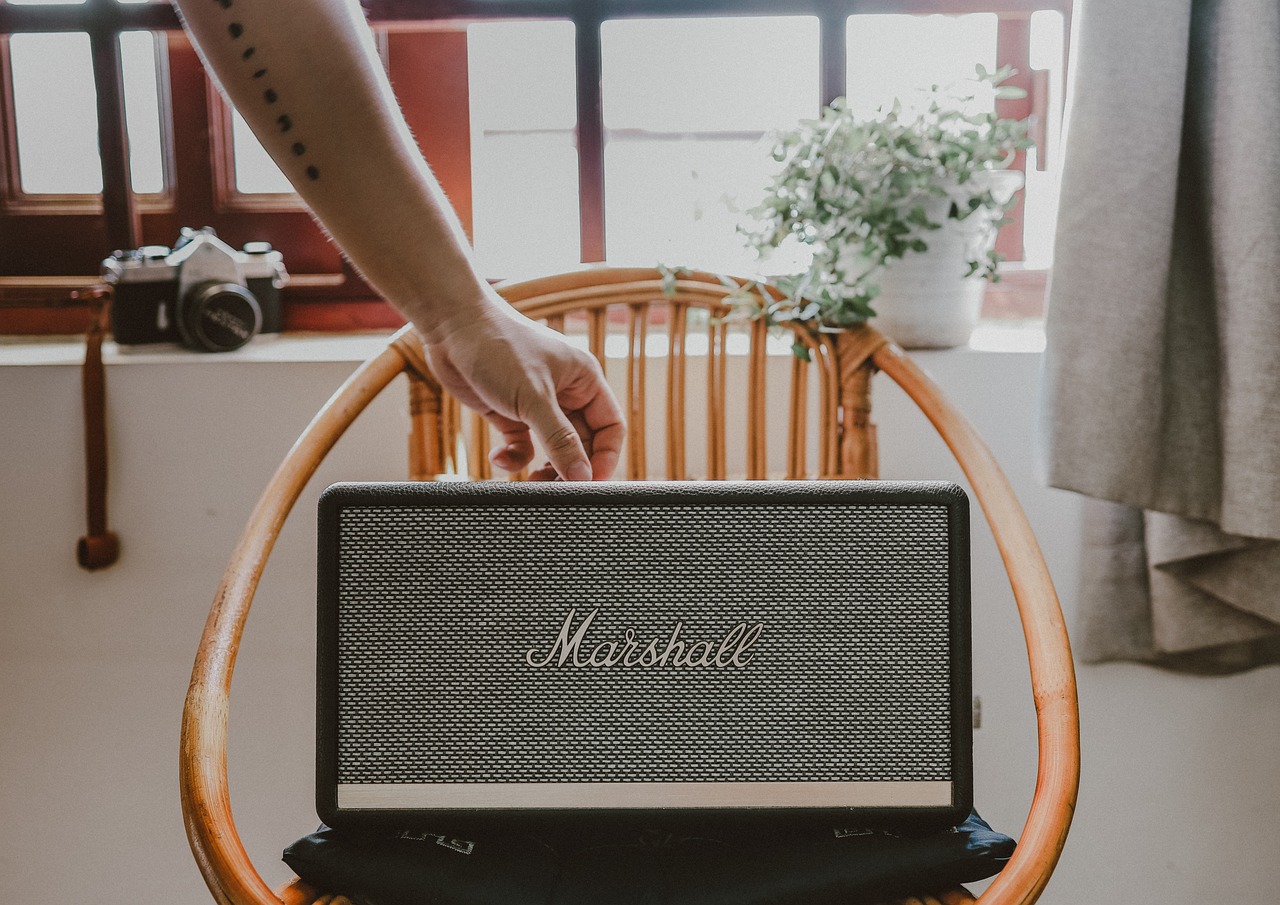Creating a Home Office: Design Tips for Productivity and Comfort
Designing the layout of your home office is essential for creating a productive workspace. Start by choosing a quiet corner or room in your home that you can designate as your office. Consider factors like natural light, noise levels, and accessibility when selecting the location. Once you’ve chosen the space, think about how to arrange your furniture to maximize functionality and efficiency.
An important aspect of designing your home office layout is ensuring that you have enough storage for your supplies and equipment. Invest in shelves, cabinets, and organizers to keep your workspace clutter-free and organized. Additionally, consider the placement of your desk and chair to create a comfortable and ergonomic setup that will support your productivity throughout the day.
Choosing the Right Furniture for Comfort and Functionality
When selecting furniture for your home office, it is essential to find pieces that not only provide comfort but also enhance functionality. Start by choosing a desk that suits your work style, whether you need ample space for multiple monitors or just a compact area for a laptop. Make sure the desk height is conducive to a comfortable sitting position to avoid strain on your neck and back.
Investing in a quality ergonomic chair is crucial for maintaining good posture and preventing long-term health issues. Look for a chair with proper lumbar support, adjustable height, and comfortable padding. Additionally, consider adding storage solutions such as bookshelves, drawers, or filing cabinets to keep your workspace organized and clutter-free.
Selecting the Ideal Lighting for a Productive Workspace
Lighting plays a crucial role in creating a conducive environment for work in your home office. Natural light is ideal, so try to position your workspace near windows to maximize daylight. If natural light is limited, consider incorporating a mix of ambient lighting, task lighting, and accent lighting to reduce eye strain and create a comfortable atmosphere.
Ambient lighting provides overall illumination, while task lighting focuses on specific work areas like desks. Adjustable desk lamps or floor lamps can help control the direction and intensity of light for different tasks. Accent lighting, such as spotlights or wall-mounted lights, can highlight artwork or architectural features in your home office, adding aesthetics and depth to the space. Experiment with different lighting combinations to find what works best for your productivity and comfort.
– Ambient lighting provides overall illumination
– Task lighting focuses on specific work areas like desks
– Adjustable desk lamps or floor lamps can help control the direction and intensity of light for different tasks
– Accent lighting, such as spotlights or wall-mounted lights, can highlight artwork or architectural features in your home office
How important is lighting in a workspace?
Lighting plays a crucial role in creating a productive workspace. It can affect your mood, concentration, and overall well-being.
What are some different types of lighting options for a home office?
Some common types of lighting options for a home office include overhead lighting, task lighting (such as desk lamps), and ambient lighting.
How can I determine the right lighting for my home office?
Consider factors such as the size of your workspace, the type of work you do, and any specific lighting needs you may have. It’s also important to balance natural and artificial light.
How can I reduce glare and eye strain in my home office?
To reduce glare and eye strain, position your lighting sources strategically, use adjustable task lighting, and consider using anti-glare screens on your devices.
What are some tips for creating a well-lit workspace?
Ensure you have a good mix of natural and artificial light, position your lighting sources correctly to avoid glare, and invest in adjustable lighting options for different tasks.







